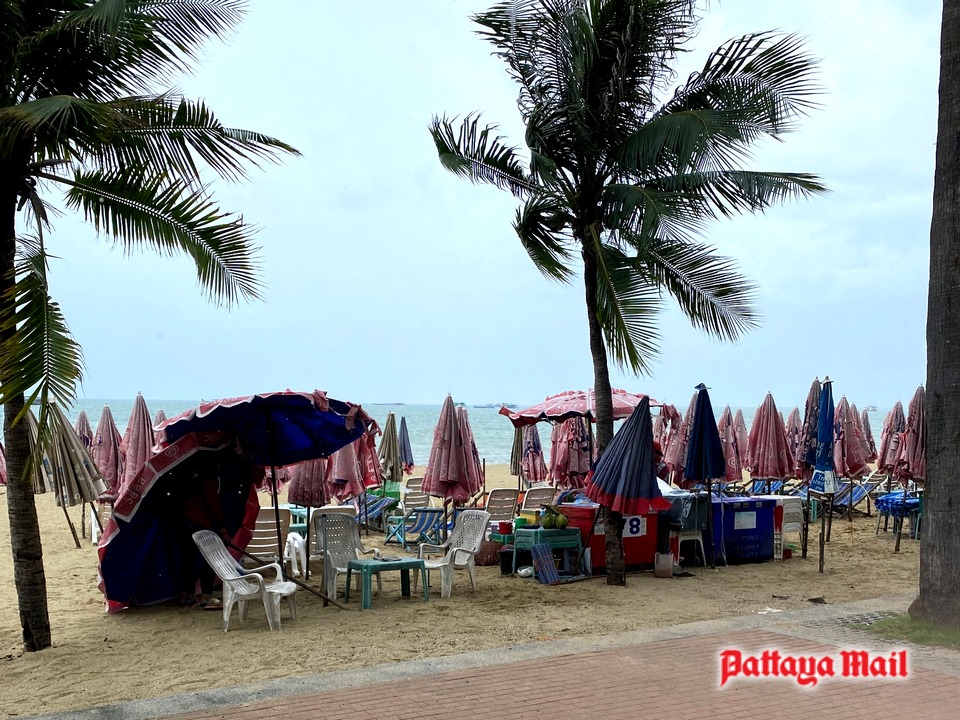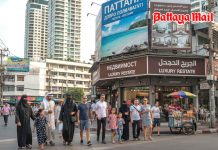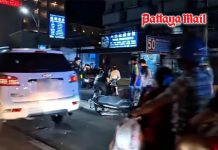
Apart from some crabapple expats, everyone wishes success to the proposed Pattaya Sandbox reopening on October 1. Under the plan, fully-vaccinated international tourists will need to spend the first 14 days under the eagle eye of the Safety and Health Administration (SFA), sleeping and eating only in approved facilities. After the first fortnight they are free to do their own thing anywhere in Thailand.
The plus side from the Phuket Sandbox experience is that only 0.3 percent of the 25,000 visitors so far have tested positive for the virus. The minus is that 100,000 customers was the target for the period July 1 to August 31. From September 8, domestic tourists as well as international will be allowed into the Phuket Sandbox program provided they are fully vaccinated, test negative and have pre-paid accommodation in approved hotels. That’ll boost the numbers.
Pattaya, of course, is not an island like Phuket. The Pattaya Business and Tourism Association says that visitors will need to use “sealed routes” to deter naughty absconders. That term has not been defined, but suggests that Sandboxers will need to be herded onto special buses and checked at night to be sure they are sleeping in their pre-booked accommodation. Doubtless, they will be told to activate their tracking app, though what happens if they switch off is a conundrum.
As with Phuket, all Pattaya Sandboxers will need to obtain the certificate of entry from the local Thai embassy which requires weighty documentation including anti-covid health insurance worth at least US$100,000. There will also be a regimen of health checks once the recruits have arrived. Returning Pattaya residents or their guests won’t be able to sleep in their own homes for the first fortnight. The Sandbox idea is to make money from sun-seeking beach tourists.
The most likely markets for the Pattaya Sandbox will be from Asia, although excluding China which is unlikely to allow its citizenry to vacation abroad until 2022. India is a likely source, though this depends on the Thai authorities recognizing the Astra Zeneca vaccine produced in the sub-continent. The Middle East looks promising, if only because of the number of affluent residents based there, whilst South Korea and Japan have already shown interest as a precursor to possible air corridors.
However, the Move On Pattaya initiative is problematical for traditional markets such as the UK, the US and the EU. Britain has now graded Thailand a dangerous red zone for Covid and requires its returning residents compulsorily to quarantine at a cost of over 2,000 pounds for the individual rate. The US State Department has also virtually banned Americans from travelling to Thailand, whilst several Euro countries have been discouraging on their websites.
In other words, the Pattaya Sandbox success depends on the virus. If Thailand can reduce the number of infections day in and day out, international reaction will change. But there is also a mammoth vaccination program still in its infancy in Pattaya. Moreover, many Thais living in Pattaya are registered in their home province and don’t count in the Pattaya statistics even though they are mostly unvaccinated. Many Thais and foreigners who have received their first jab, won’t have had the second by the opening date.
Most crucially is what to do at night. With bars and clubs closed for the duration, restaurants are currently not officially allowed to serve alcohol with meals. Not to mention the need to be back in your room before the curfew commences at 9 pm sharp. As the German Travel Agency puts it, “The Pattaya Sandbox outcome depends on visitors having some fun as well as putting money into the pockets of the Thai organizers. September needs to be awash with good news coming from Pattaya every single day.” Amen to that Mein Herr.
 |
 |
 |





